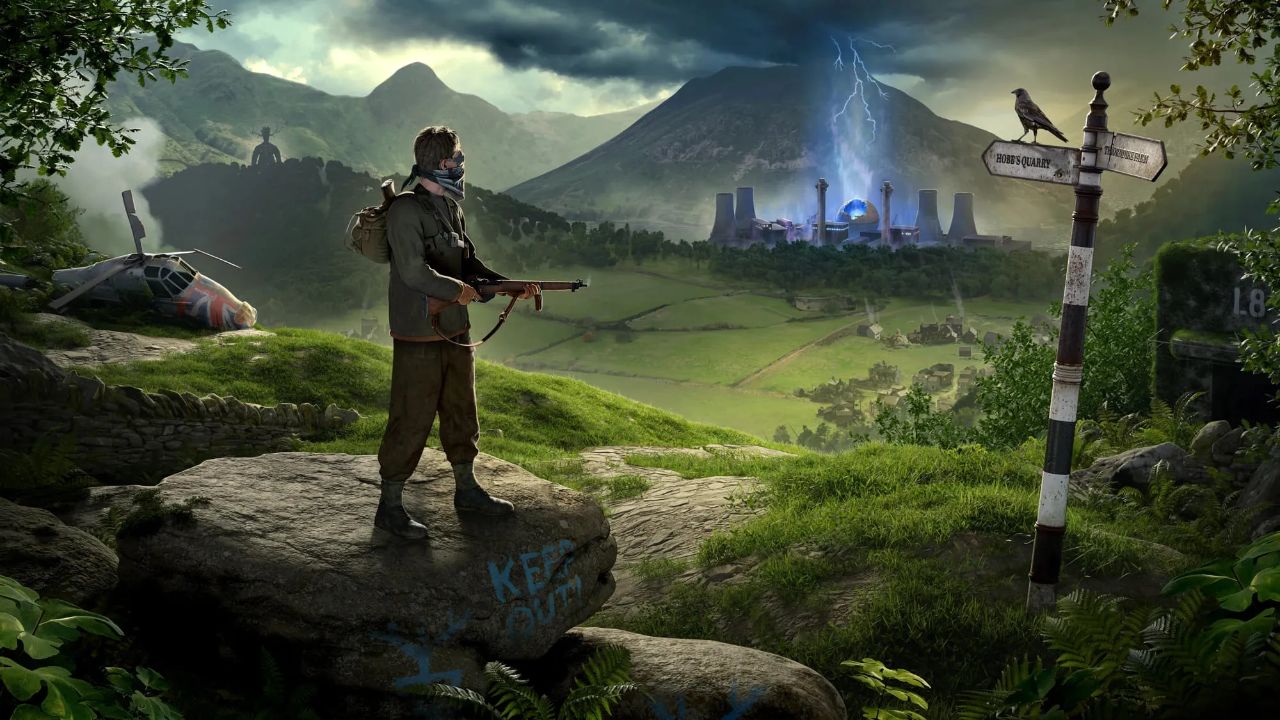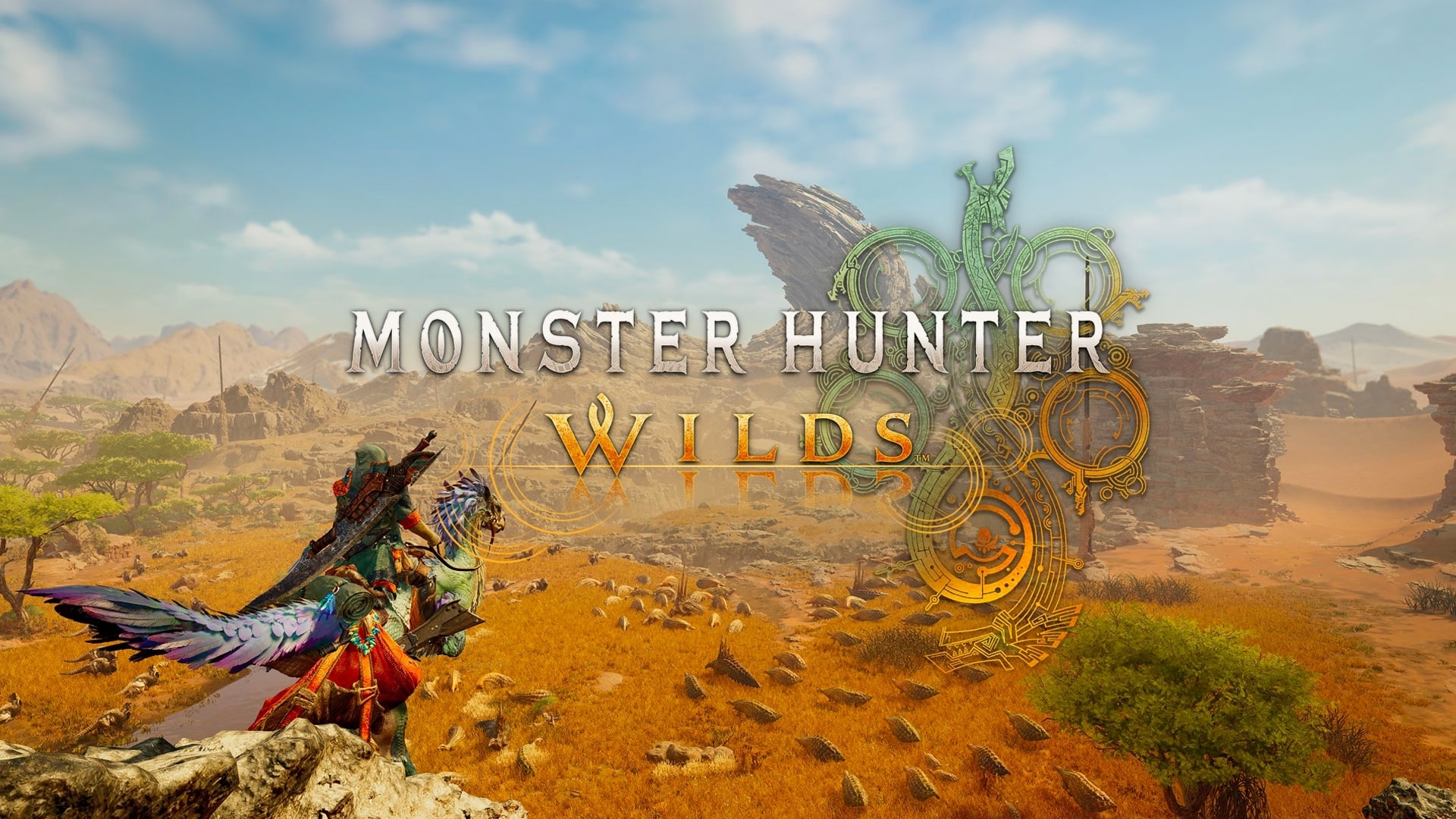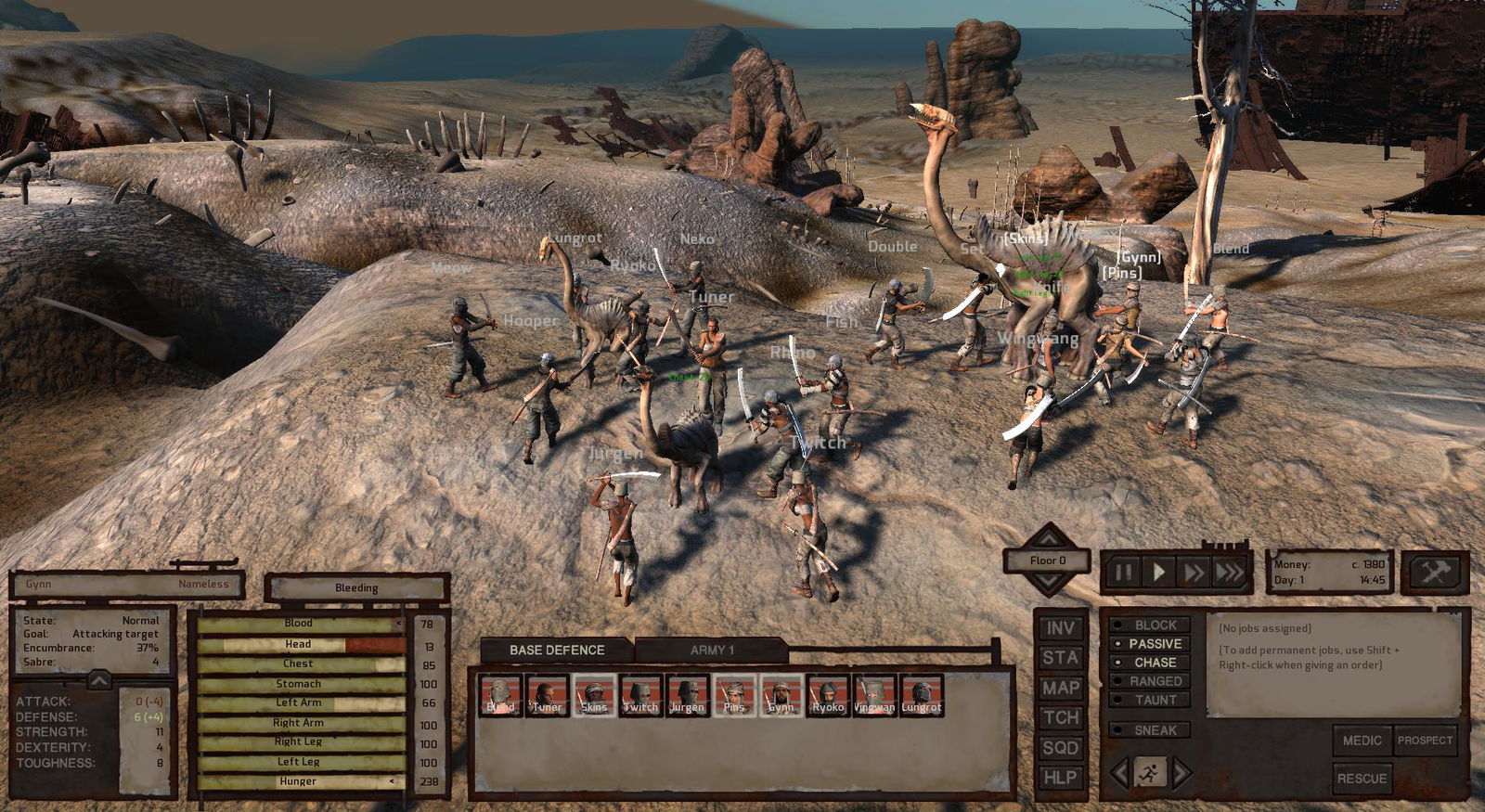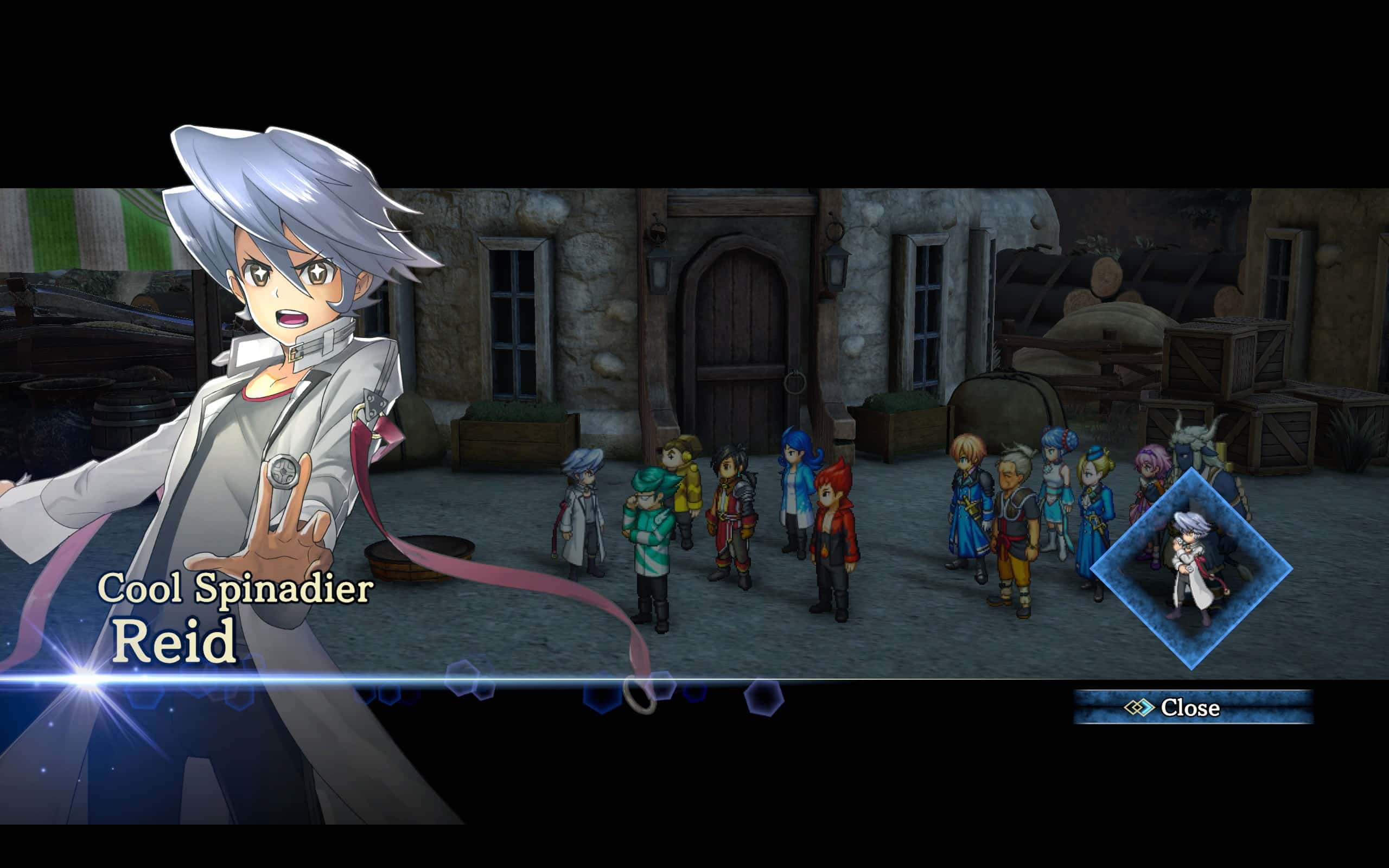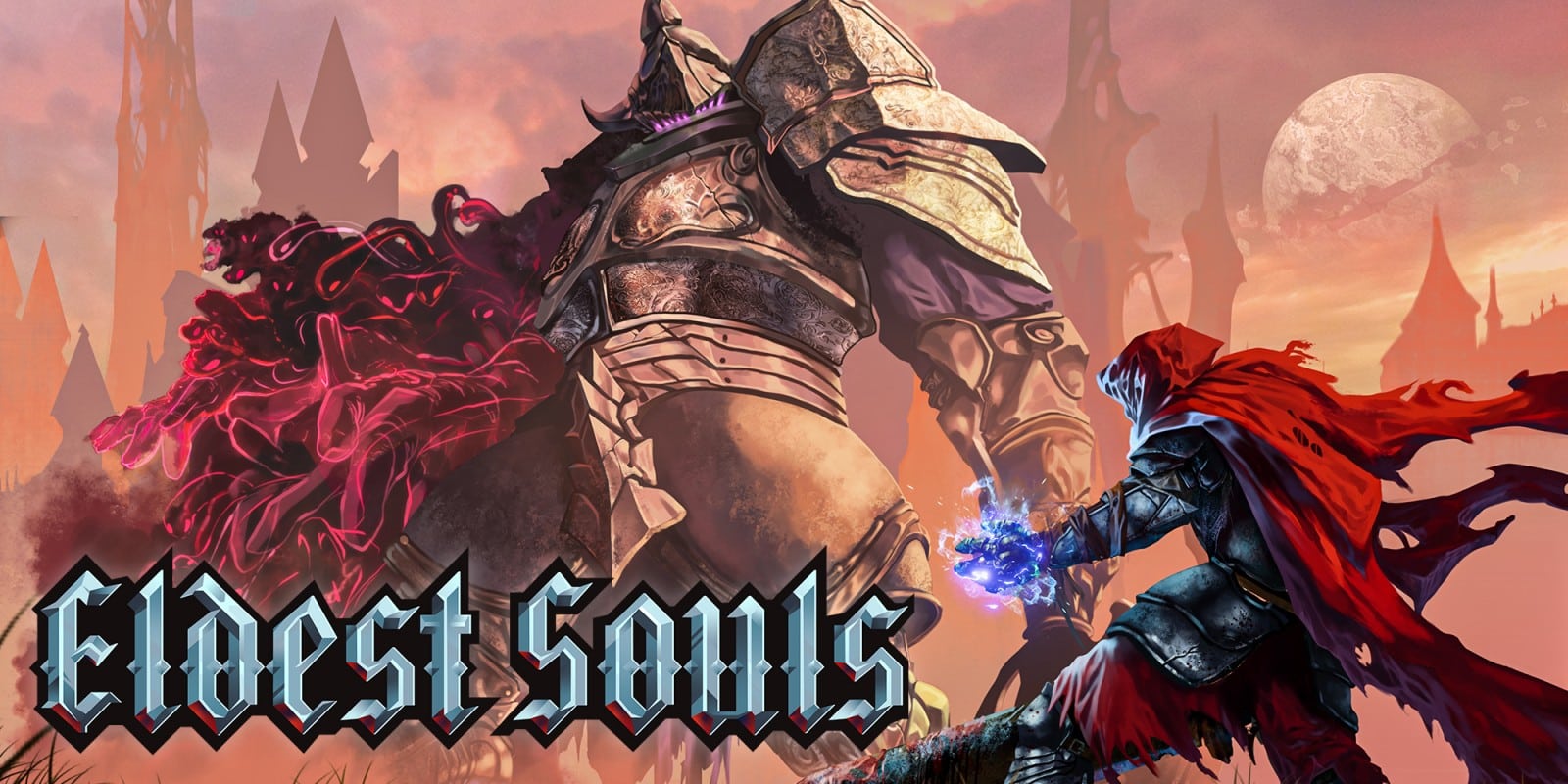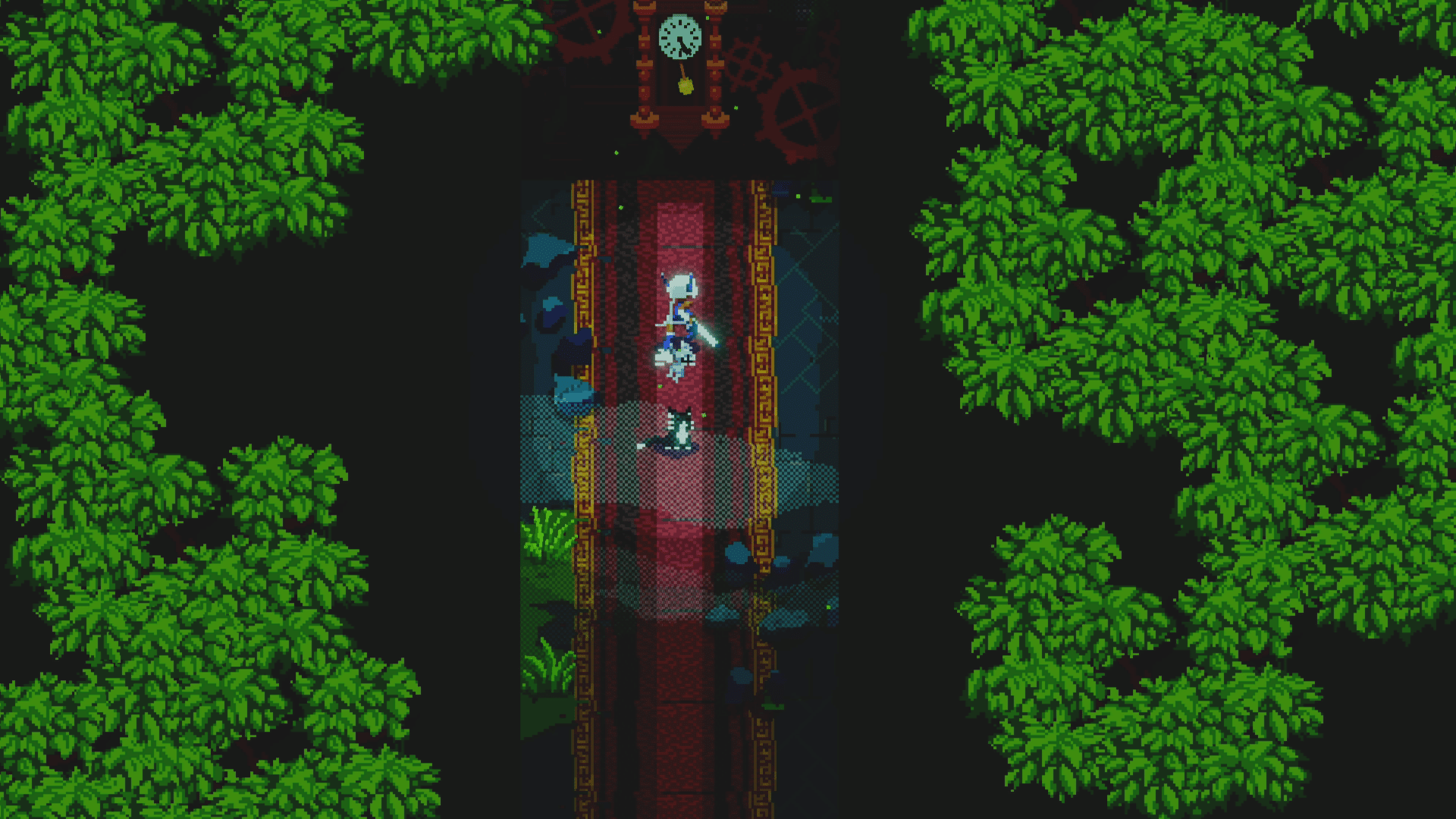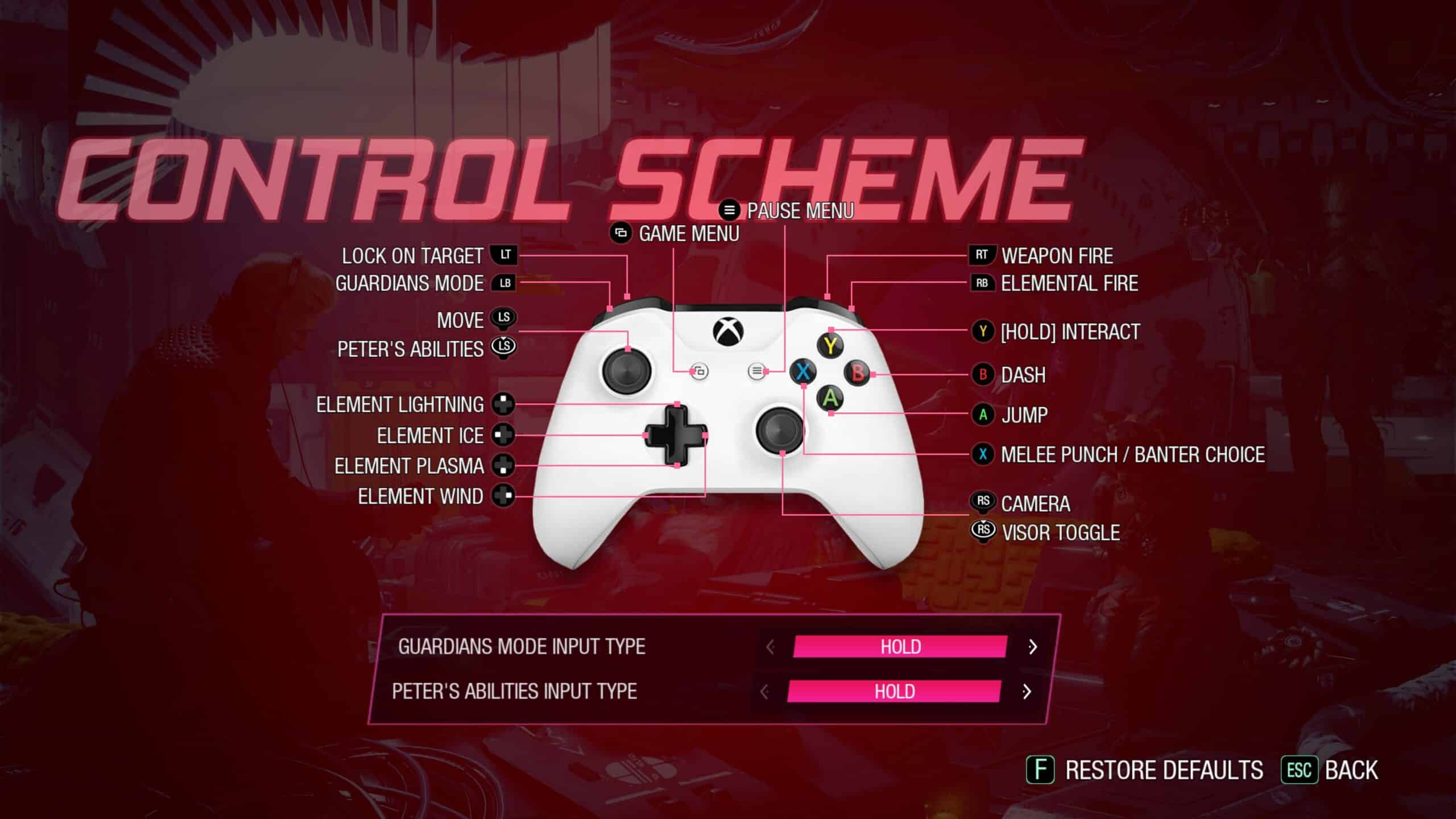Atomfall is a difficult game to place. Rebellion‘s first-person “survival” action game blends an alternate history narrative of the Windscale fire, a nuclear disaster in Northern England that took place in 1957, under a retro-futuristic lens. It all makes for a beautiful backdrop, with some compelling ideas embedded, but it doesn’t fully realize the true potential of its design choices. It all feeds into the mixed feelings surrounding Atomfall; it’s a game interesting enough to capture your attention in one moment and then reveal its scarce and inconsistent nature the next. Never before have I had a game effortlessly compel me to explore its mysteries further while simultaneously leaving me on the brink of throwing in the towel.
The Sniper Elite developer has temporarily shifted away from World War II and grizzled marksmen to craft a style of post-apocalyptic adventure different than (but not completely dissimilar to) Fallout and S.T.A.L.K.E.R. In Atomfall, players awaken as a blank-slate amnesiac who awakens in an underground bunker, immediately met with the pleas of a dying scientist. Not long after being directed towards the underground Interchange and its contained secrets, the player is set loose on the world. The gorgeous environment makes a strong first impression in Atomfall‘s own Fallout-style vault exit moment, as vibrant greenery splashes across rocky hills with a striking red phone booth sitting starkly in the midst of the vista. Said phonebooth rings, an unknown voice sits on the other side of the line, and more mysterious objectives are issued. From here, Atomfall puts the player in control of how these goals are achieved, as well as how the soon-mounting loose ends are tied up.
Atomfall is all about its freeform structure, for better or worse. In its favor, this means player agency is at an all-time high. Unfortunately, what often happens is a confusing, undirected grind through leads—Rebellion has forgone the traditional quest system for one that doles out tidbits of information, whether through conversations or read notes, that direct players through a string of points of interest before that particular chain is complete. I found the unguided system to be somewhat of a slog, as leads encompass general areas across the four maps that need exploring. It doesn’t sound bad in theory, but due to the generally slower pacing (especially when avoiding flamethrower-wielding robots) it made it all feel more tedious.

Directionless
Fortunately, the developer foresaw that not everyone would jive with their vision. Atomall has a suite of modifiable gameplay options. One such option is in reference to the leads system. The broad search areas can be switched off for a more traditional quest marker. It helps cut down the time aimlessly wandering circular search areas, but it doesn’t void the loose mission structure. For those who like that slow burn of exploring all corners of a virtual world, unencumbered by rigid guidance, Atomfall may be for you. I’ll admit, after several hours, the flexible style started to grow on me a bit after I stopped expecting the game to act like other RPGs and (mostly) accepted it for what it is, even if those ideas didn’t always come together perfectly.
Despite looking like other FPS/RPG post apocalyptic offerings, Atomfall seems to primarily be a stealth and exploration game. Combat is present, but it doesn’t feel very fleshed out; nor were the odds ever in the player’s favor. One-handed and two-handed weapons are scattered about, waiting to be used to bonk and stab bandits, cultists, military personnel and whoever is unfortunate enough to be designated a target of your murderous tendencies—you can literally kill anyone and I was shocked when the game didn’t even blink when I ruthlessly eliminated a core NPC. However, engaging these survivors via melee combat comes down to three maneuvers: a light attack, a heavy attack, and a kick. There’s no block; there’s no parry; there’s no dodge. It all boils down to taking a swing or two and walking backwards to make space. Maybe you throw in a kick to mix up how you create distance, but the loop remains the same.
Given the heavier reliance on melee weapons since ammo is scarce (unless you adjust the associated resource setting), you’d expect more from the combat mechanics, but they’re fairly barebones. Discoverable upgrade books to unlock additional skills—there are four categories: Ranged Combat, Melee Combat, Survival and Conditioning—like added impact with thrown weapons and the ability to impale with thrown bladed weapons. But it’s disheartening to see just how vanilla the offerings were, much like its basic crafting system. More health? Reduced recoil? Sure, these are welcome improvements, but they’re not exactly exciting. The Quiet Takedown upgrade was a nice, early upgrade solely for the fact that it stopped enemies from hearing me break a guy’s neck several rooms away.

Artificial Incompetence
Firearms fare marginally better than melee weapons, if only because most enemies succumb to a single headshot. It makes for a satisfying end when that red “X” pops up on the first well-placed shot of an engagement. But the enemy’s weapons (and turrets and robots and …) are equally as deadly and they can reduce the entire health bar in a handful of shots. It doesn’t help that the enemy AI is wildly inconsistent, ranging from borderline braindead to embodying the spirit of Karl Fairburne. The detection system is unbelievable at times, with enemies quickly spotting me at great distances. Other times, patrols would see me through layers of brush before I was even able to find them. And yet I could run in and immediately out of a restricted zone, triggering all of the hostiles, only for them to be left wondering who had infiltrated their area as I stood mere feet away in a “safe,” unrestricted space.
For a game that seems to place emphasis on subtlety and stealth, the accompanying systems are in need of fine tuning to make it a viable and engaging playstyle. Because all-out warfare, while at least more exciting, quickly becomes a no-go with the overwhelming force possessed by the various factions, even on lower difficulties. And yet, I still put up with these annoyances because the world itself, the interconnected motivations between characters, the overall freedom, and the glimpses of gripping story beats all came together to convince me there was something worthwhile underneath it all. For some, there might be. Atomfall feels like a game that should have been so much more than it is, but is one that will live on as a cult classic for a specific group.
Atomfall Review Verdict
Atomfall: Atomfall has all the beauty of a diorama and about as much depth. It offers up a gorgeous setting that promotes player agency, but the shallow systems never allow that freedom to be fully realized. Atomfall is charming at times and teases a greater game behind thoughtful tweaks, but it fails to hold on to those moments. – Joshua
[Editor’s Note: Atomfall was reviewed on PS5 and a copy was provided to us for review purposes.]

